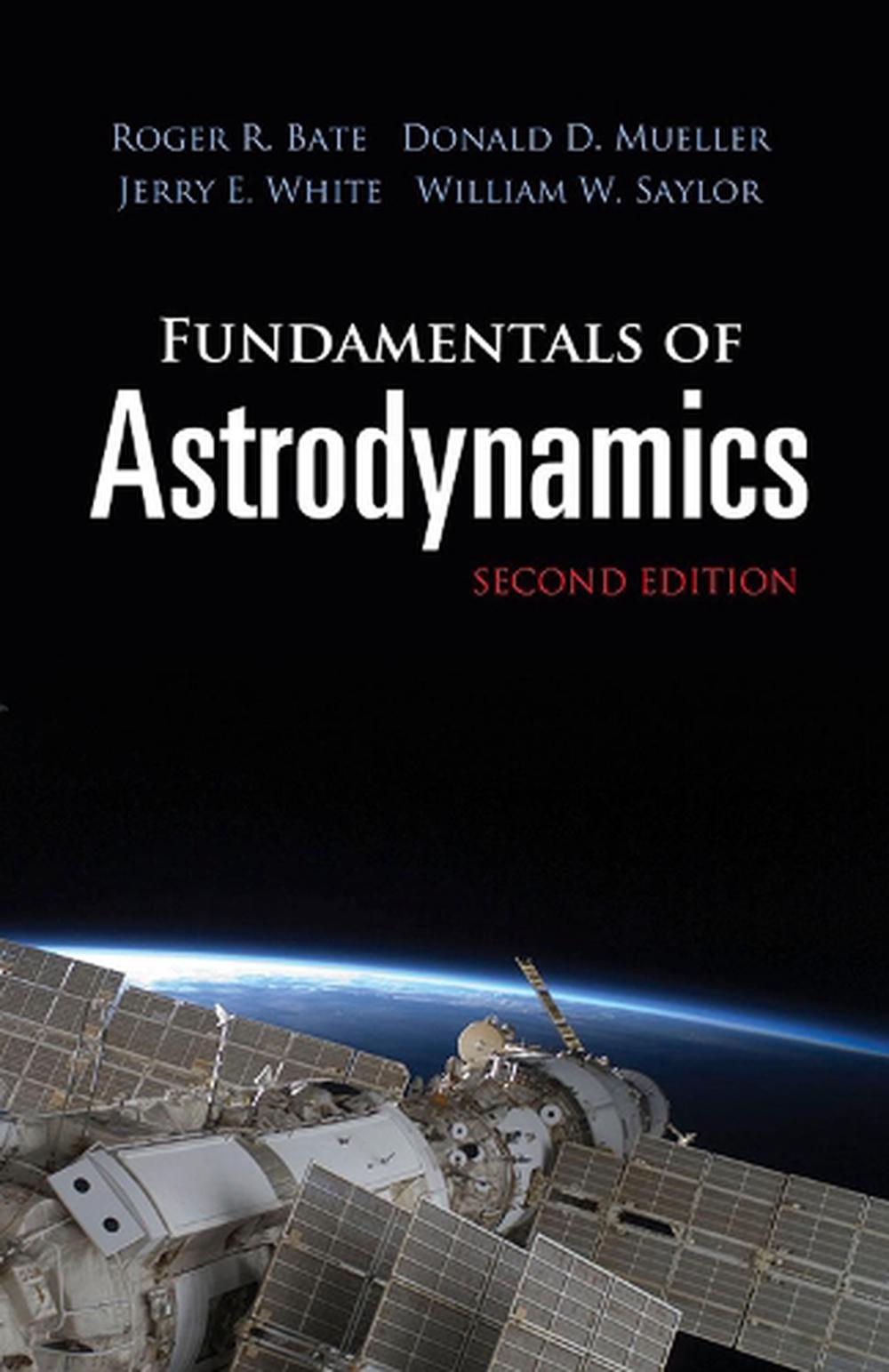
Fundamentals of Astrodynamics: Second Edition
second edition
$64.09
- Paperback
496 pages
- Release Date
29 February 2020
Summary
Mastering Space: A Modern Approach to Astrodynamics
When the United States Air Force Academy revolutionized astrodynamics education, they forged a new path, perfectly suited for the age of digital computation and modern aerospace engineering. This book, born from that groundbreaking curriculum, delivers a superior understanding of astrodynamics, exceeding traditional approaches.
Structured for effective teaching, the text places central emphasis on the universal variable for…
Book Details
| ISBN-13: | 9780486497044 |
|---|---|
| ISBN-10: | 0486497046 |
| Series: | Dover Books on Physics |
| Author: | Roger Bate |
| Publisher: | Dover Publications Inc. |
| Imprint: | Dover Publications Inc. |
| Format: | Paperback |
| Number of Pages: | 496 |
| Edition: | 2nd |
| Release Date: | 29 February 2020 |
| Weight: | 490g |
| Dimensions: | 216mm x 140mm x 22mm |
You Can Find This Book In
About The Author
Roger Bate
Jerry E. White is an active member of the faculty of the Department of Astronautics at the U.S. Air Force Academy. William W. Saylor is a member of the faculty of the Department of Astronautics at the U.S. Air Force Academy.
Returns
This item is eligible for free returns within 30 days of delivery. See our returns policy for further details.




